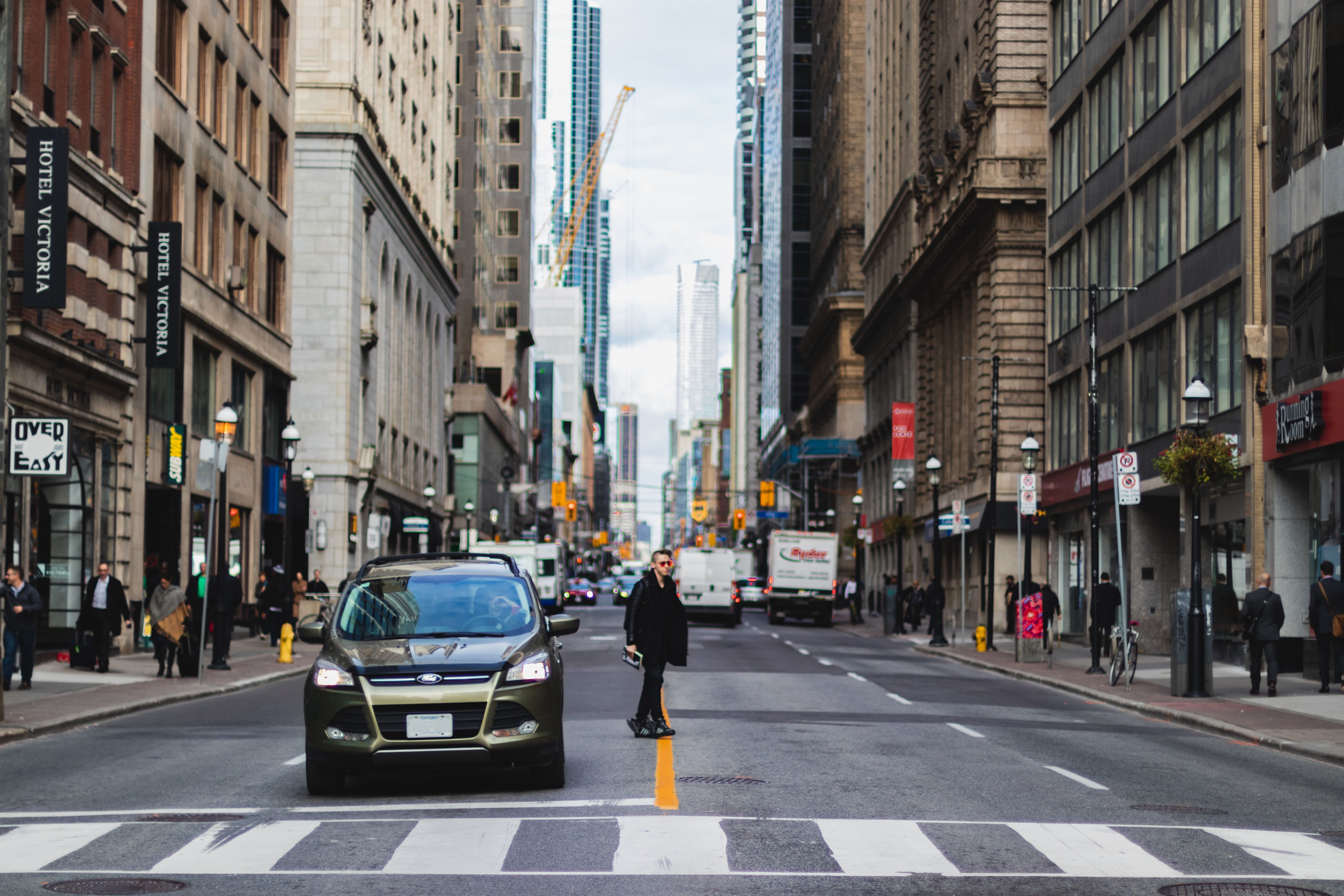Managing a Slow Reaction Time

Driver reaction time is the length of time it takes for a person or system to respond to a given stimulus or event. Reaction time is measured for various reasons in order to identify and manage a slow reaction time. Athletics, emergency management systems and even animal attacks are measured to determine the time between the application of a stimulus and the needed reaction. In driving, changes by fractions of a second in reaction time may mean the difference between a collision or the avoidance of one.
On the road, distractions, speed, driving experience, and physical and cognitive fitness can seriously affect reaction times. Even drivers with relatively quick reaction times in normal circumstances may see drastic changes based on distractions, driving under the influence, sleepiness, acute illnesses or stress. One study from Texas shows texting while driving nearly doubled a driver’s reaction time. One common variable affecting average reaction time is age. As drivers age, physical and cognitive functions slow, causing an increase in the time between when a stimulus (or road hazard) is recognized, and the time the driver reacts by braking or turning the wheel.
Reaction times vary from one driver to the next. A professional driver who is physically fit and trained in high-speed driving might have a reaction time of 0.2 seconds for a given situation, while the average motorist may have a slower reaction time of 0.5 seconds, 0.8 seconds or even 1 second.
An article featured on the website www.howacarworks.com discusses reaction times and the variations in speed between motorists. “You might have a rough idea, even an inflated one, of how good your reactions are, but your own time is difficult to measure unless you have a proper medically-verified check.”
Driving simulators can be used to objectively measure reaction times. Simulations can incorporate various hazards such as other vehicles, pedestrians or animals in the roadway. The simulator measures and records the time between when the hazard is displayed in the simulation and when the driver applies the brakes. The simulator can not only measure simple reaction to an awaited stimulus, but can also measure more complex reaction times to potential hazards that occur on the roadway.
Simulator scenarios can also be used to provide practice and training tools to improve reaction times. Clinical simulators can steadily increase the difficulty of simulations to heighten a driver’s awareness, and increase reaction speed over time.
For aging drivers, simulator feedback can provide insights on adjusting and/or limiting driving to account for slower reaction times. This can be helpful when drivers are reluctant to admit any decline in driving fitness.
Safe drivers of any age must account for their own reaction times and the reaction times of others around them. Driving at night, inclement weather and other factors require a greater space between other vehicles and hazards to account for slow reaction times.
While the most effective way for how to improve reaction time is to exercise your mind and body, there are ways to compensate for slower reaction times and eliminate driving distractions. AAA offers tips to senior drivers on improving reaction times and managing slower reaction times to maintain safe driving:
- Increase your following distance. Senior drivers should allow greater distances between them and the vehicles ahead of them, so they’ll have more time to slow down or stop.
- Minimize left turns. Senior drivers ages 65 and older are over-represented in crashes involving left-hand turns. If possible, make three right turns to avoid making a left, or use intersections with designated left-hand turn lanes. These are much safer for drivers of all ages.
- Eliminate distractions inside the vehicle. Adjusting radio volume, using a cell phone and interacting with passengers can distract any driver. Keep the environment inside the vehicle as calm as possible, eliminating driving distractions.
- Plan your route before you get behind the wheel. Doing this helps you avoid making any last-minute decisions about which way to turn or how to reach your destination.
- Steer clear of busy highways and congested traffic. High-speed driving may be stressful, so don’t hesitate to use local roads instead of highways. Try to avoid rush-hour traffic or highly congested areas. More vehicles on the road translates to a greater likelihood of a collision. Senior drivers should consider using public transportation if it’s available.
- Review medications. Prescription and over-the-counter medications can slow reflexes, blur vision and cause drowsiness or dizziness, causing additional driver distractions. Talk to your doctor or pharmacist about making adjustments that aid in safe driving. If you have serious muscle or joint impairments, ask your doctor about anti-inflammatory drugs that may help permit safe driving.
- Stay awake and alert. Drowsy driving is as dangerous as drunk driving and distracted driving. Get enough sleep before a long trip, and take frequent breaks along the way.
Citation:
“Advanced Driving Reaction Times” How a Car Works, howacarworks.com/advanced-driving/reaction-times
Call DriveSafety today to speak with a certified technician who will walk you through the various options for clinical driving simulators and their application.